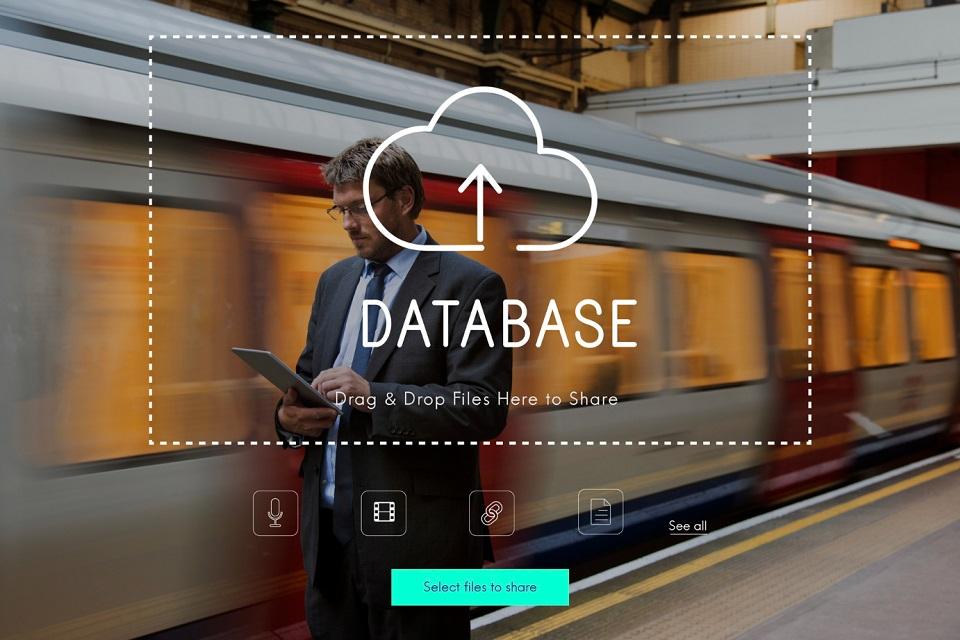Having the best data warehouse design is crucial when you want adequate storage and an efficient way to manage your data. However, picking the best data storage architecture is not simple.
It all comes down to using the right systems in place, and here are some tips to help you pick a good data storage architecture.
Data warehouse
The data warehouse can be seen as a central repository where you can store your structured data. What happens here is the data flows into the storage, and it comes from different sources. It will go through a processing stage until it hits the repository.
The warehouse storage is a great data library and you can analyze, but also retrieve data without a problem. It can also be great for BI analysis. So yes, it’s one of the better and more efficient data storage architecture options out there.
Data lakes
Data lakes are different because businesses can store and also process data in a variety of formats. You also have different data types in the same repository. Having a central solution can be great if you want lower costs and a high agility.
The downside is that you will have a lack of structure and multiple data formats automatically bring security issues. Also, the query execution can be problematic, which is why you want to address all of that in a highly efficient manner.
Data lakehouse
Another popular data storage architecture comes in the form of a data lakehouse. It’s not a common option for business owners to use a data lake, but it can definitely bring its fair share of benefits.
Many times, companies want a combination of data processing and storage. A data lakehouse can do that and it offers you a way to easily manage everything while also saving a significant amount of effort.
The downside of a data lakehouse is that it can be very complex to set up and it’s also expensive. Yet some companies still use it because you have both storage and data processing which helps circumvent a lot of the downsides.
That’s what makes data storage architectures like this so powerful, because you get all the efficiency and value, while also not wasting any time. You rarely have these options and in the end the potential can be second to none.
A data storage architecture comes with a scalable repository and it also brings you improved data governance.
On top of that, setting it up is faster when comparing it to a data lake, and costs can also be a little better. The downside comes from flexibility issues and vendor locks, which can be common in this field.
Conclusion
Each data storage architecture has specific business types in mind, and that’s why you need to adapt and implement every system accordingly. Making sure that you adapt and adjust every solution to deliver excellent results is crucial, and it can help every company grow.
It has its fair share of demanding situations and challenges, but once you pick and enhance the data storage architecture that fits your needs, it will help achieve business growth!
More Great Contents:
- Computational Statistics for Data Scientists Specialization: Complete Description
- Analyzing the Benefits of SAP Business Technology Platform for Data Analytics
- Office 365 Backup Solutions Protect Your Cloud Data when the Unexpected Disaster Happens




